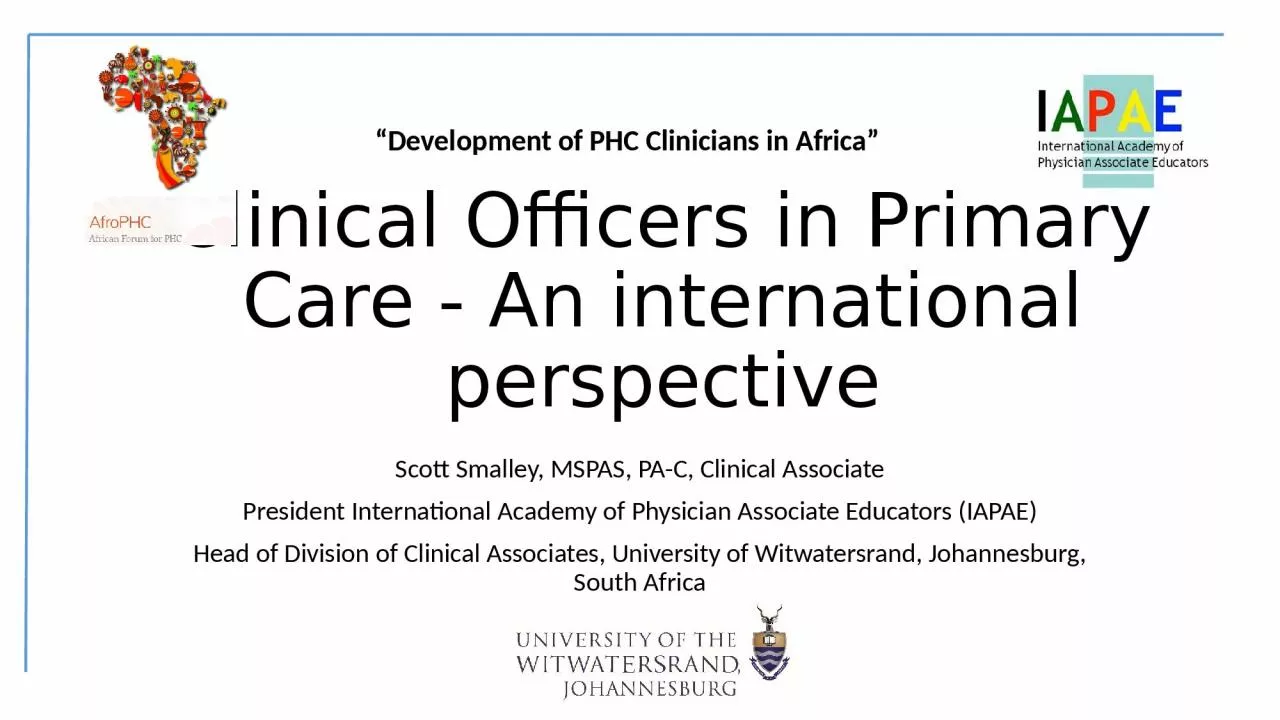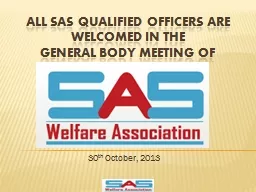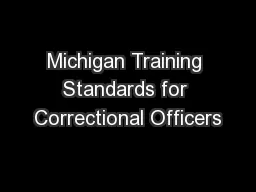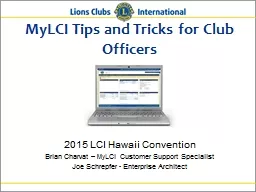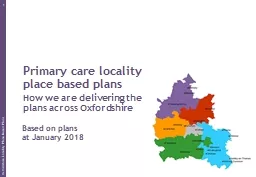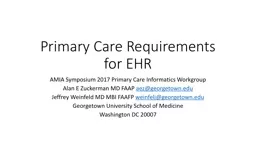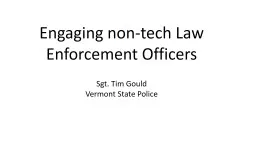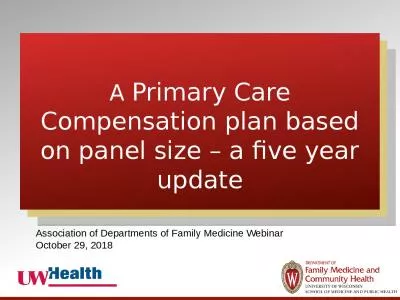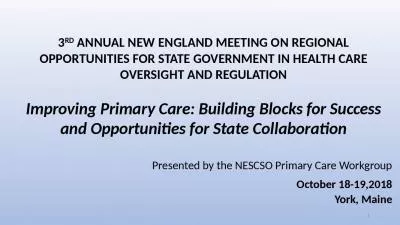PPT-Clinical Officers in Primary
Author : adia | Published Date : 2022-06-07
C are An international perspective Scott Smalley MSPAS PAC Clinical Associate President International Academy of Physician Associate Educators IAPAE Head of Division
Presentation Embed Code
Download Presentation
Download Presentation The PPT/PDF document "Clinical Officers in Primary" is the property of its rightful owner. Permission is granted to download and print the materials on this website for personal, non-commercial use only, and to display it on your personal computer provided you do not modify the materials and that you retain all copyright notices contained in the materials. By downloading content from our website, you accept the terms of this agreement.
Clinical Officers in Primary: Transcript
Download Rules Of Document
"Clinical Officers in Primary"The content belongs to its owner. You may download and print it for personal use, without modification, and keep all copyright notices. By downloading, you agree to these terms.
Related Documents

